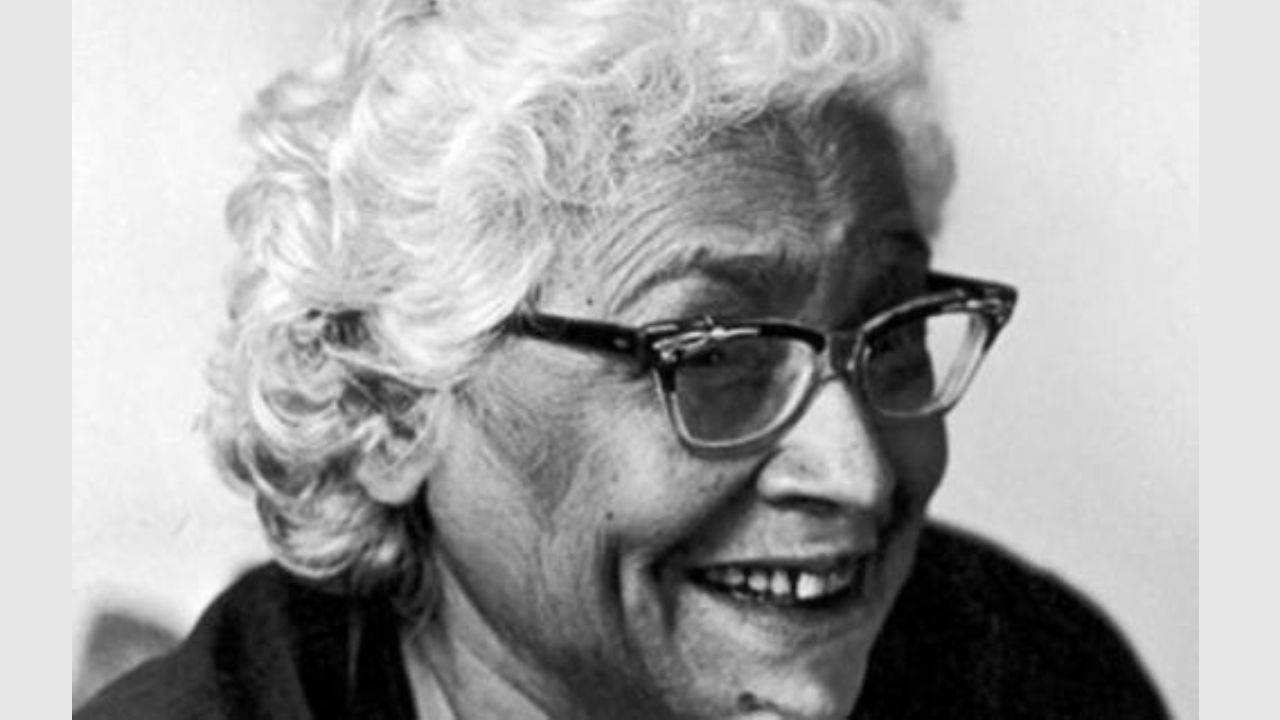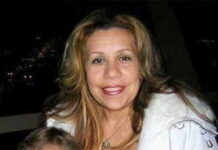Ismat Chughtai Biography: Ismat Chughtai was an Indian Urdu novelist, short story writer, liberal humanist, and filmmaker. He passed away on October 24, 1991. She wrote exhaustively beginning in the 1930s on topics such as female sexuality and femininity, middle-class gentility, and class conflict, frequently from a Marxist perspective. Chughtai established herself as a significant voice in twentieth-century Urdu literature with a style characterised by literary realism, and was conferred the Padma Shri by the Government of India in 1976.
Ismat Chughtai Biography
| Name: | Ismat Chughtai |
| Birth Date: | August 21, 1915 |
| Place Of Birth: | Badayun, Uttar Pradesh |
| Death: | October 24, 1991 |
Early years
Ismat Chughtai was born on August 21, 1915, in Badayun, Uttar Pradesh, to parents Nusrat Khanam and Mirza Qaseem Baig Chughtai; she was the ninth of ten children, with six brothers and four sisters. As Chughtai’s father was a civil servant, the family moved frequently; she spent her childhood in cities such as Jodhpur, Agra, and Aligarh, primarily with her brothers, as her sisters had all gotten married while she was still quite small. Chughtai described the influence of her siblings during her formative years as a significant factor that shaped her personality. She viewed her second-oldest sibling, the novelist Mirza Azim Beg Chughtai, as a mentor. As Chughtai’s father retired from the Indian Civil Services, the family eventually settled in Agra.
Chughtai obtained her primary education at the Women’s College of Aligarh Muslim University and her Bachelor of Arts from Isabella Thoburn College in 1940. The following year, despite significant opposition from her family, she graduated from Aligarh Muslim University with a Bachelor of Education. During this time, Chughtai became affiliated with the Progressive Writers’ Association, attending her first meeting in 1936, where she met Rashid Jahan, one of the movement’s leading female writers, who is credited with inspiring Chughtai to write “realistic, challenging female characters.” Chughtai began writing privately around the same time, but she did not submit her work for publication until much later.
Bahadur Shah Zafar Biography: Age, Height, Career, Family, Personal Life, Movements
Ismat Chughtai Profession
The Urdu magazine Saqi published Chughtai’s first published work, Fasd (The Troublemaker), in 1939. She subsequently contributed to additional magazines and journals, including Bachpan (Childhood), Kafir (Infidel), and Dheet (Resolute). Her writing manner was significantly affected by Chughtai’s affiliation with the Progressive Writers’ Movement. In 1941, she penned her first novella, Ziddi, which was subsequently translated into English as Wild at Heart and adapted into a feature film in 1948. After earning her Bachelor of Education, Chughtai served as the headmistress of a girls’ school in Aligarh before marrying Shaheed Latif in 1942. Her short story Lihaaf (The Quilt), which was criticised for insinuating female homosexuality and a subsequent trial, attracted widespread attention.
After meeting the lady who inspired her novel Begum Jan, Chughtai, a prominent Indian author, made peace with the controversy surrounding it. She penned the semi-autobiographical novel Tedhi Lakeer, which chronicles the lives of the Muslim community, especially women, during the British Raj. Critics praised Chughtai’s work for its exploration of women’s existence, and it was well received. She began composing scripts and co-writing for Latif Latif’s drama films Ziddi, Arzoo, Fareb, and Filmin after her marriage. In 1958, she produced the drama film Sone Ki Chidiya with her co-founded production company Filmina. Chughtai continued to write short stories, including Chui Mui, which questioned the conventional conceptions of maternity and womanhood.
In her later years, her work was translated into English and there was a revival of interest in Urdu literature. Her works, including Lihaaf, were groundbreaking for their early depictions of sex and a neglected wife in feudal society. Her work was included in an anthology and has since become one of her most admired pieces.
Critics and media agencies regard Tedhi Lakeer, her magnum opus, as one of the most significant works of Urdu literature. Critics compare the novel’s structure to that of a bildungsroman and applaud its examination of nationalist and feminist issues of the time. Chughtai’s writing approach has been compared to that of Simone de Beauvoir, a French author and intellectual.
Ismat Chughtai Facts
- Shahid Lateef (11 June 1913 – 16 April 1967) was Ismat Chughtai’s spouse. Lateef was a director, writer, and producer of Hindi films. This union produced two children: Seema Sawhny and Sabrina Lateef.
- The 1942 publication of Ismat Chughtai’s homosexual-themed short story “Lihaaf” (The Quilt) made her infamous. She was detained for obscenity in 1942 and appeared before the Lahore High Court in 1945, but was ultimately exonerated.
- Her spouse had produced some excellent films based on her writing. Ziddi (1948), Arzoo (1950), Garam Hawa (1973), and junoon (1978) are a few examples.
- In 1976, the government of India granted her the Padma Shree award. Ismat Chughtai died on October 24, 1991, but she remains an important figure in Urdu literature to this day.




